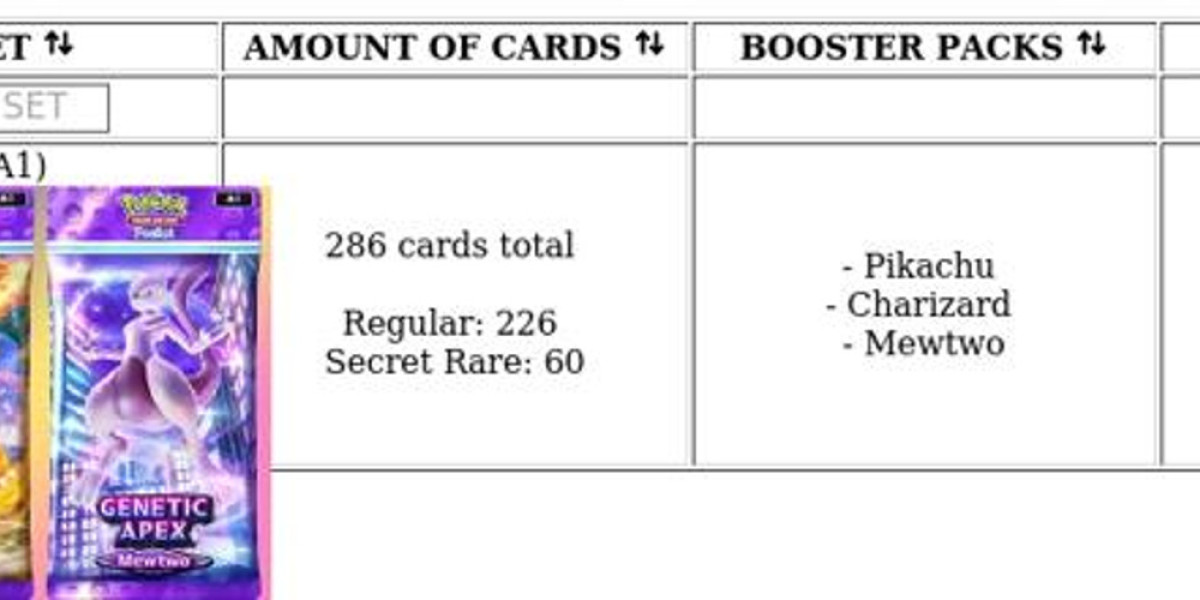Navigating the world of C++ can be challenging for university students, especially when dealing with complex programming assignments. If you find yourself struggling and in need of help with C++ assignment, you're not alone. This post addresses some common theoretical questions related to C++ data structures to help you understand these essential concepts better.
Question 1: What are the primary data structures provided by the C++ Standard Template Library (STL)?
Answer: The C++ Standard Template Library (STL) offers several key data structures:
Vector: A dynamic array that can grow in size. Vectors provide fast access to elements and are useful for scenarios where you need a resizable array.
List: A doubly linked list that allows for efficient insertion and deletion of elements at any position. Lists do not support random access like vectors but are ideal for frequent modifications.
Deque: A double-ended queue that supports fast insertion and deletion at both the front and back. Deques provide random access to elements and are used when you need efficient operations at both ends.
Map: An associative container that stores key-value pairs with unique keys. Maps provide fast lookups, insertions, and deletions based on keys.
Set: Similar to maps, sets store unique elements in a sorted order and provide efficient lookups, insertions, and deletions.
Question 2: How does the C++ STL handle associative data structures like maps and sets?
Answer: The C++ STL provides associative containers for efficient data management:
Map: A map is a sorted associative container that stores key-value pairs. Each key is unique, and values are associated with these keys. Maps use balanced binary trees (usually red-black trees) to maintain order and provide fast access, insertion, and deletion.
Set: A set is a sorted associative container that stores unique elements. It is similar to a map but only stores keys (elements) without associated values. Sets also use balanced binary trees to maintain order and provide efficient operations.
Question 3: What is the difference between a stack and a queue in C++, and how are they implemented?
Answer: Stacks and queues are container adaptors in C++ with distinct behaviors:
Stack: A stack follows the Last-In-First-Out (LIFO) principle, where the most recently added element is the first to be removed. It supports two primary operations:
push(to add an element) andpop(to remove the top element). Stacks are often implemented using thedequeorlistcontainers.Queue: A queue follows the First-In-First-Out (FIFO) principle, where the first element added is the first to be removed. It supports
enqueue(to add an element) anddequeue(to remove the front element) operations. Queues are typically implemented using thedequeorlistcontainers.
Question 4: What are the advantages of using linked lists over arrays in C++?
Answer: Linked lists offer several advantages compared to arrays:
Dynamic Size: Unlike arrays, linked lists do not require a predefined size and can grow or shrink dynamically as elements are added or removed.
Efficient Insertions/Deletions: Linked lists allow for efficient insertion and deletion of elements at any position, especially when dealing with large datasets or frequent modifications.
No Wasted Space: Linked lists do not allocate extra space as arrays do, which can lead to wasted memory if the array size is overestimated.
Flexibility: Linked lists can be used to implement various types of data structures, such as stacks, queues, and deques, providing flexibility in managing data.
Conclusion
Understanding data structures in C++ is essential for managing complex coding tasks and optimizing performance. Mastering key concepts such as vectors, lists, maps, sets, stacks, and queues will help you handle your university assignments more effectively. If you ever need extra support, seeking help with C++ assignment can provide valuable guidance to enhance your skills. Keep learning, and don’t hesitate to seek assistance when needed.














